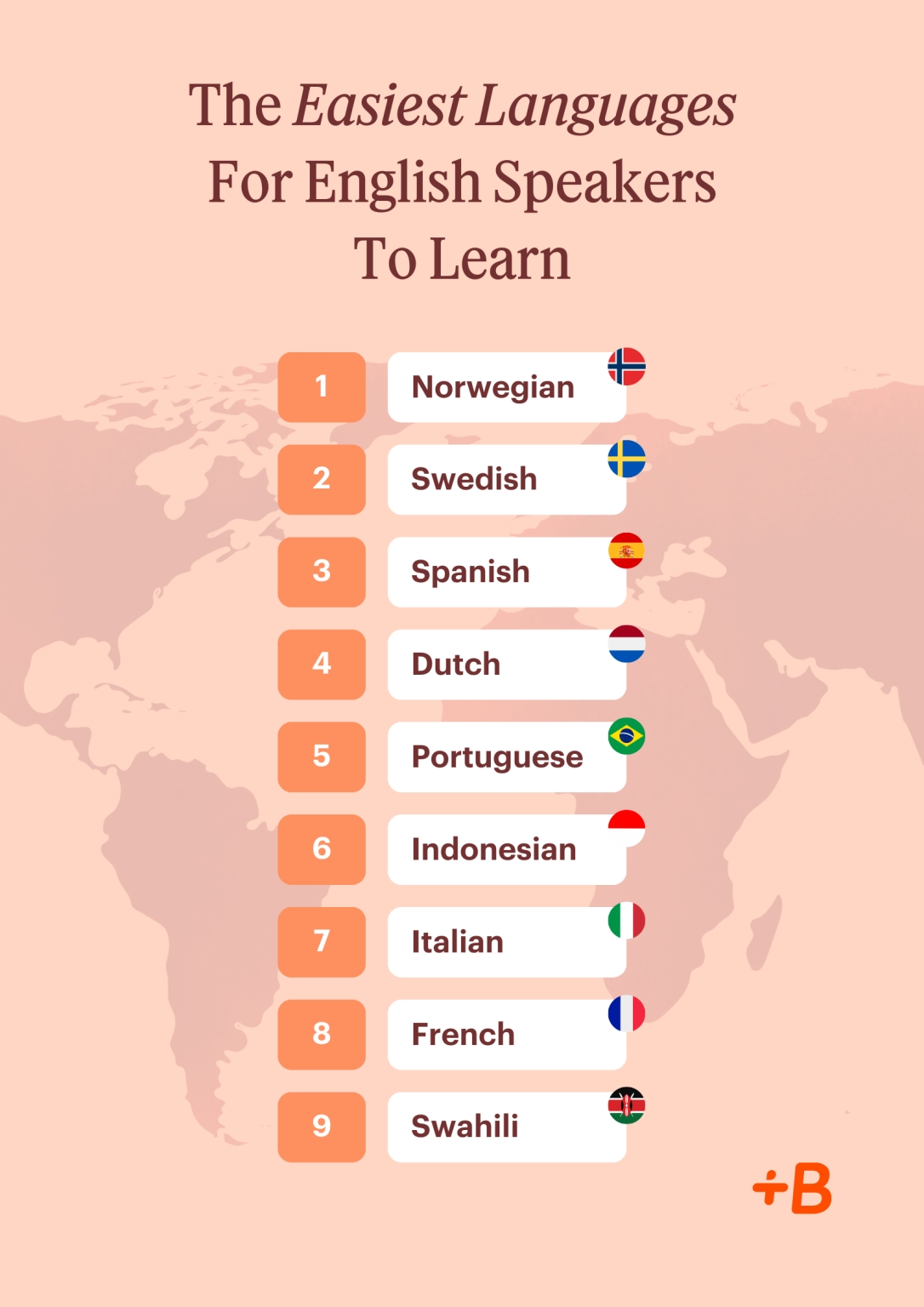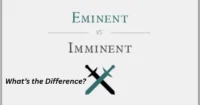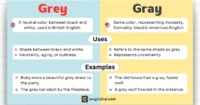Top 9 Easiest Languages for English Speakers
Published: 24 May 2025
Learning a new language can be an exciting and rewarding experience. It opens doors to new cultures, travel opportunities, and career advancements. However, for English speakers, some languages are easier to learn than others due to vocabulary, grammar, and pronunciation similarities. Choosing a language that is more accessible can make the learning journey smoother and more enjoyable. In this article, we will explore what makes a language easy for English speakers and highlight some of the Easiest Languages for English Speakers.
What Makes a Language Easy to Learn for English Speakers?
When English speakers set out to learn a new language, certain factors can make the process much easier. Understanding these factors helps explain why some languages are more accessible than others.
Familiar Alphabet and Writing System
- Languages that use the Latin (Roman) alphabet are often easier for English speakers to read and write. This familiarity eliminates the need to learn a completely new set of characters, which can be a major obstacle in languages like Arabic, Russian, or Chinese.
Shared Vocabulary
- Languages that share common roots or have borrowed words from English tend to have a large overlap in vocabulary. This makes it easier to recognize and remember words. For example, French and Spanish share many cognates with English.
Simple Grammar Rules
- Languages with straightforward grammar—such as fewer verb forms, simpler sentence structures, and less gender complexity—are easier to grasp. Complex grammatical rules can slow down progress and make learning more frustrating.
Predictable Pronunciation
- Languages that are phonetic, meaning words are pronounced as they are written, help learners with speaking and listening skills. Spanish is a prime example, where pronunciation is consistent and easier to master.
Availability of Learning Resources
- Having access to quality learning materials, including apps, textbooks, videos, and language exchange opportunities, significantly helps learners practice and improve their skills effectively.
Are Some Languages Easier to Learn Than Others?
It’s a common belief that some languages are simply easier to learn than others—but that’s not entirely true. All languages are complex in their own right. If you were starting from scratch, like a child learning their first language, there wouldn’t be much difference between mastering English, Arabic, Mandarin, or Latin. Every language has its own rules, nuances, and challenges.
However, when it comes to learning a second language as an adult, some definitely feel easier than others. According to the United States Foreign Service Institute (FSI), the amount of time it takes to learn a new language can vary greatly depending on the language’s similarity to your native tongue. The FSI even provides time estimates for how long it typically takes to become proficient with daily instruction.
The biggest factor that makes a language easier is similarity. If a language shares vocabulary, grammar structure, or even the same writing system as your native language, it becomes significantly easier to learn. For English speakers, this means that languages using the Latin alphabet—or those from the same language family—tend to be more approachable.
Accessibility is another key factor. A language might be linguistically simple, but if there are limited resources, few speakers to practice with, or little exposure in your environment, it will be much harder to learn. On the other hand, a widely spoken language with plenty of learning tools and a strong community can be much easier to pick up.
Of course, ease isn’t the only reason to choose a language. Some people enjoy the challenge of learning something completely different. But if you’re looking for a smoother path into language learning, starting with one that’s considered “easier” can be a smart and motivating choice.
With that in mind, let’s take a look at some of the easiest languages for English speakers to learn.
And the Easiest Language to Learn Is…

Choosing the right language to learn can depend on your goals, but if you’re looking for ease as an English speaker, some languages offer a much smoother path. Based on expert estimates from the U.S. Foreign Service Institute (FSI), here are the top easiest languages to learn—and why they stand out.
Norwegian

FSI Estimate: 24 weeks (600 hours)
It may come as a surprise, but Norwegian often tops the list of easiest languages for English speakers. As a Germanic language, it shares many similarities with English—including vocabulary and sentence structure. For instance, “Can you help me?” translates directly to Kan du hjelpe meg?
Norwegian grammar is refreshingly simple, with consistent verb forms across all subjects and straightforward rules. Even better, there’s flexibility in pronunciation thanks to Norway’s diverse regional accents—giving learners room to make mistakes without sounding completely off.
Swedish

FSI Estimate: 24 weeks (600 hours)
Swedish, another Germanic language from Scandinavia, is also a top pick. English and Swedish share a large number of cognates—words that look and sound alike—such as gräs (grass) and familj (family).
Grammar is relatively simple, and the sentence structure aligns closely with English. Plus, pop culture exposure through brands like IKEA has brought Swedish words into everyday life, offering learners more familiarity than they might realize.
Spanish

FSI Estimate: 24 weeks (600 hours)
Spanish is one of the most popular and practical languages for English speakers to learn—and also one of the easiest. As a Romance language, it shares Latin roots with many English words (correcto, delicioso, inteligente).
Pronunciation is generally phonetic, and Spanish is spoken widely across the globe, making it easy to practice. While verb conjugation rules can be tricky, the logic is consistent, and the exposure to Spanish in daily life gives learners a natural advantage.
Dutch

FSI Estimate: 24 weeks (600 hours)
Dutch sits between English and German in complexity. It’s the third-most spoken Germanic language and shares much of its vocabulary and structure with English. Many Dutch words look identical to their English counterparts—though pronunciation and false cognates can trip up learners (e.g., wet means “law” in Dutch).
Still, with consistent grammar and logical sentence construction, Dutch remains an accessible choice for English speakers.
Portuguese

FSI Estimate: 24 weeks (600 hours)
Spoken in Portugal and Brazil, Portuguese is another Romance language that benefits from shared Latin roots. Like Spanish, it offers many cognates with English—but watch out for “false friends” (e.g., pasta in Portuguese means “folder,” not noodles).
Brazilian Portuguese, in particular, is gaining global visibility through music, food, and media—making it easier to immerse yourself in the language.
Indonesian

FSI Estimate: 36 weeks (900 hours)
Although less commonly considered, Indonesian is a remarkably straightforward language. It uses the Latin alphabet, is phonetic (words are pronounced exactly as they’re spelled), and has minimal grammar rules—no verb conjugations, no plurals (just repeat the word), and no gendered nouns.
Its logical structure and simplicity make it a great option for learners who prefer a more rule-light approach.
Italian

FSI Estimate: 24 weeks (600 hours)
Italian, another Latin-based language, offers a smooth ride for English speakers thanks to its familiar vocabulary and phonetic spelling. Words like futuro (“future”) and lotteria (“lottery”) are easy to recognize.
Cultural familiarity also plays a role—Italian cuisine, fashion, and art have made many Italian terms common in English-speaking countries, which helps with memorization and interest.
French

FSI Estimate: 30 weeks (750 hours)
French is one of the most widely spoken languages globally and has significantly influenced English vocabulary. Words like rendezvous, à la carte, and genre are all borrowed from French.
While French pronunciation and grammar can be a bit more challenging, the exposure to French in pop culture and its global reach make it a worthwhile and achievable option.
Swahili

FSI Estimate: 24 weeks (600 hours)
Rounding out the list is Swahili, a widely spoken language across East Africa. Swahili is phonetically consistent, making pronunciation easier for English speakers. It also includes many loanwords from English, like penseli (“pencil”) and mashine (“machine”).
While less familiar to many, Swahili has logical grammar and is considered the easiest African language for English speakers to learn.
Conclusion
Learning a new language might seem challenging at first, but choosing one that’s easier for English speakers can make a big difference. Languages like Norwegian, Swedish, Spanish, and even Indonesian offer clear grammar rules, familiar vocabulary, and helpful learning resources.
The key is to pick a language that excites you. Whether it’s the culture, the people, or the opportunities that come with it, motivation will keep you going. Start with small steps, practice regularly, and remember—progress is more important than perfection.
No matter which language you choose, the journey of learning it will open up new worlds, connections, and experiences. So go ahead, pick one from the list, and begin your language-learning adventure today!

- Be Respectful
- Stay Relevant
- Stay Positive
- True Feedback
- Encourage Discussion
- Avoid Spamming
- No Fake News
- Don't Copy-Paste
- No Personal Attacks



- Be Respectful
- Stay Relevant
- Stay Positive
- True Feedback
- Encourage Discussion
- Avoid Spamming
- No Fake News
- Don't Copy-Paste
- No Personal Attacks





